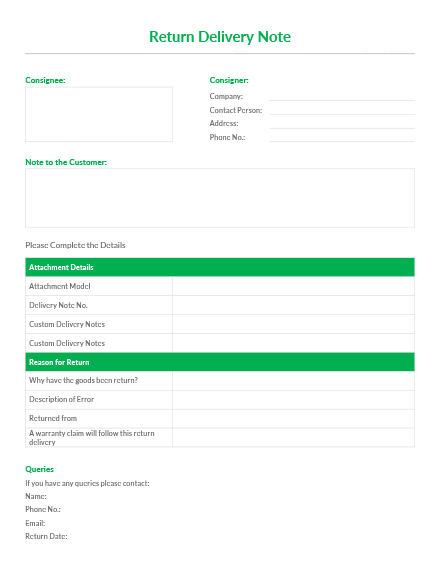
The market risk premium also does not advise you on whether to invest in an asset based on its risk of loss, because this measure does not account for volatility. In other words, it is how much you need an investment to pay before it is worth the risk. This is the market risk premium you require before investing in a given asset. Investors looking to decide whether or not to buy a given asset should consider their required risk premium, sometimes called required market risk premium or the hurdle rate. This measure only tells you how much more the asset has repaid investors compared to if they had invested in a safe asset, and it can only tell you that based on historical data. It is important to understand that the market risk premium does NOT tell an investor what rate of return they should accept in exchange for investing in a risky asset.
#Writedown in premium free


This is because the market premium measures how much an asset rewards the investor relative to a safe alternative.

Readers should note the degree of flexibility that an investor has in calculating the market risk premium. Known Return - The current rate of return on the risk-free asset you have chosen for your calculation.Treasury bills for this, as they are considered the safest assets in the world. Risk-Free Asset - An asset which the investor considers safe, with a zero or near-zero chance of loss.While the investor has discretion when it comes to defining the scope of history, most use the performance of an asset over the past year to define its expected return. Expected Return - The historic performance of the market portfolio asset in question.For the purposes of calculating the market risk premium this could mean anything from a single stock to a mutual fund with thousands of investments, as long as the portfolio is treated as a single asset for the purposes of calculating its return. Market Portfolio - A market portfolio is any collection of investments, securities or other financial assets.Market Risk Premium = Expected Return on a Market Portfolio - Known Return on a Risk-Free Asset.Investors calculate the market risk premium with the following formula:

It has repaid investors 5% more than they would have gotten out of a safe investment, which compensates them for the risk of losing their money. Stock X would have a market risk premium of 5%. Put another way, the market risk premium is the amount you would expect as compensation for taking the risk that you'll lose all your money.įor example, say a Stock X gave a 6% rate of return while a given Treasury bond gave a 1% rate of return.


 0 kommentar(er)
0 kommentar(er)
